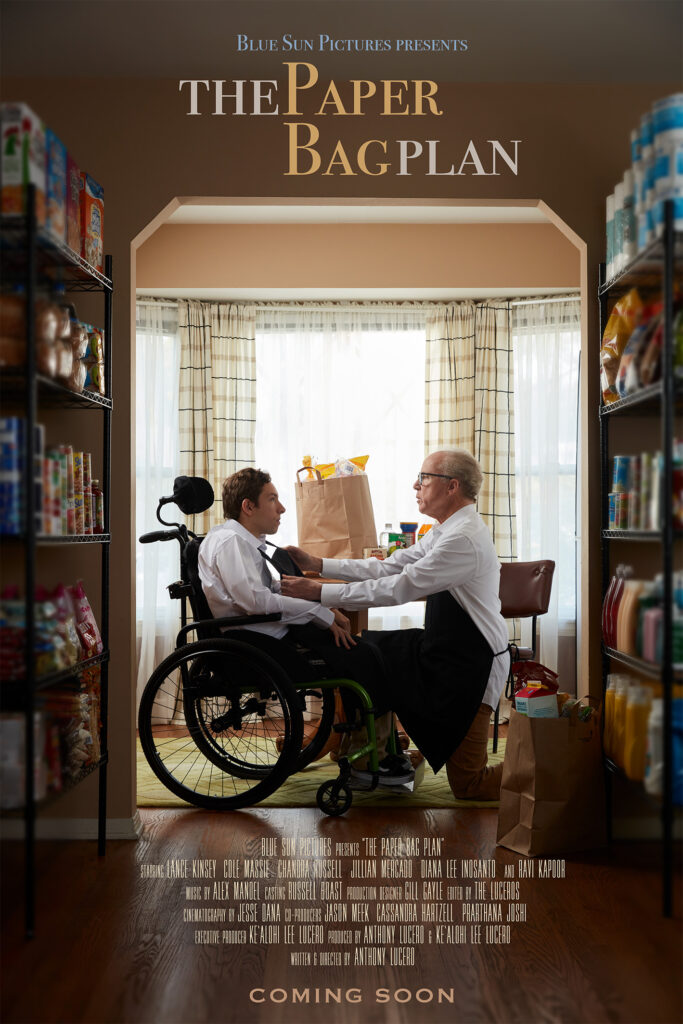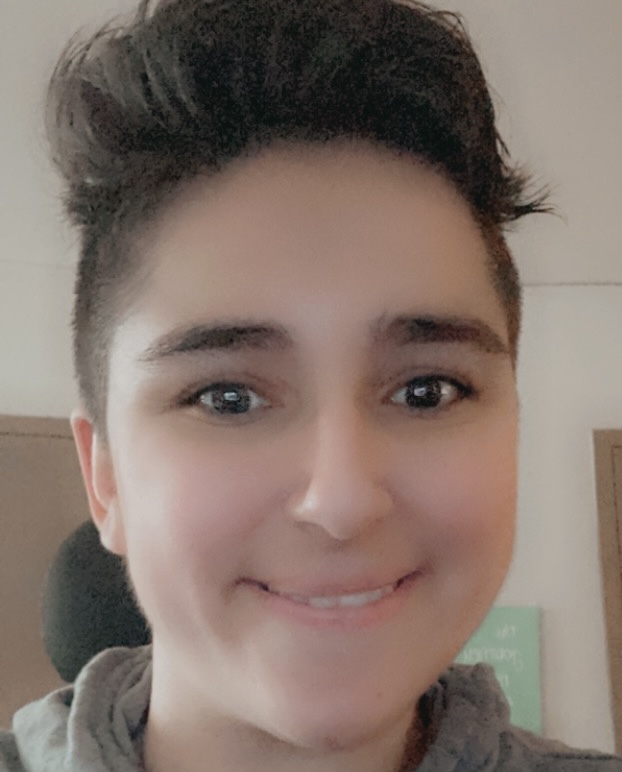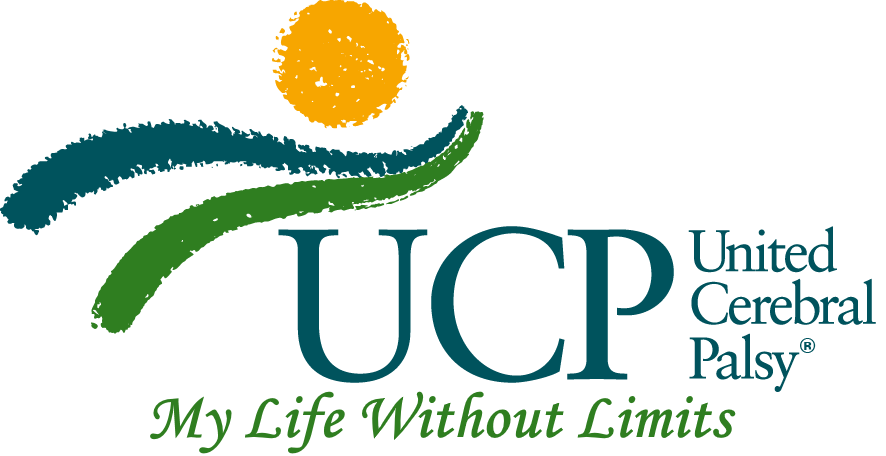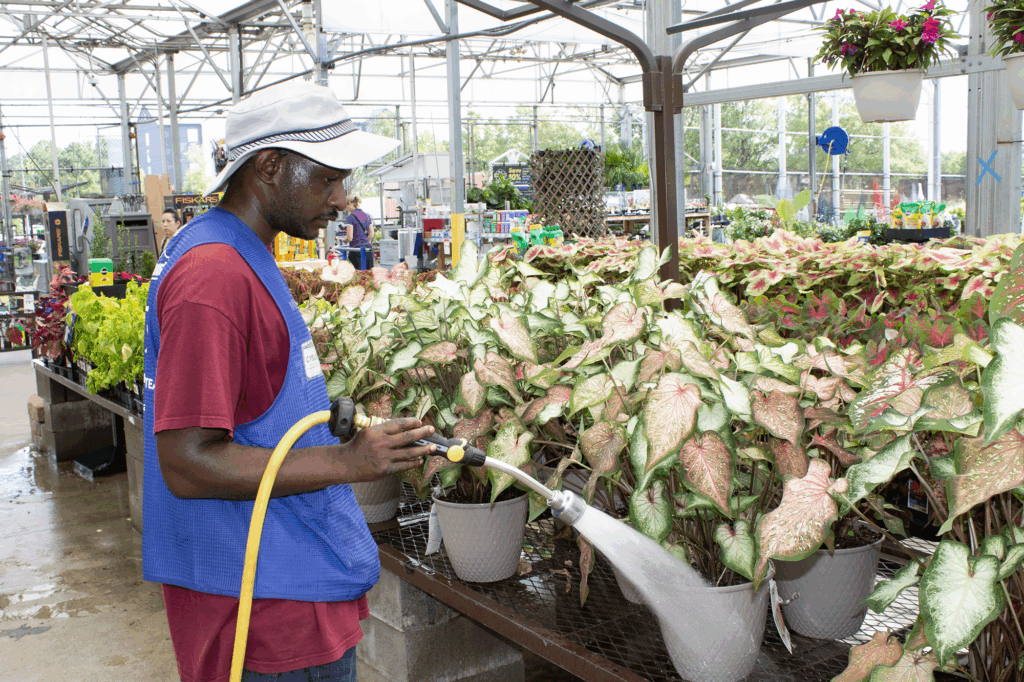By Danielle Shealy
In today’s world, it’s not unusual to see people amplifying causes that have had unfair treatment on the global stage. Much of that amplification is reflected in the various media we can consume. It can come in multiple forms, such as movies, television, or social media.
Disability Representation: Still an Afterthought
As excited as some of us are to see ever-evolving diversity on our movie and TV screens, one group that remains in the shadows is the disability community.
Some of you reading this might be aware that when a character with a disability is portrayed in a TV show or movie, that role is usually played by a nondisabled actor. And if you aren’t aware … surprise! It’s true. A recent study found that nondisabled actors play 80% of disabled characters in TV shows.
“These findings reveal two stark realities: firstly, that the data underscores the underrepresentation of individuals with disabilities on television despite one in four Americans having a disability, and secondly, that progress towards this goal has stagnated in recent years,” said Jay Ruderman, president of the Ruderman Family Foundation. “The narratives presented on screen influence societal perceptions and understanding of inclusion. We urge writers, producers, and decision-makers to take note of our recommendations and commit to authentic representation without hesitation.”
A Model for Inclusion: CODA’s Authentic Approach
A great example is the movie CODA. It follows a child of deaf adults (CODA) and the only hearing member of her family as she navigates her journey, helping her family’s struggling business while pursuing her aspirations to become a singer.
For Director Sian Heder, it was critical for both representation and authenticity that deaf actors play the deaf characters, and that silences in the film remain unfilled by music or sound that wouldn’t be experienced diegetically. It must have been refreshing for individuals in this community to finally see an authentic representation of their everyday life. Still, the overwhelming issue is that this shouldn’t have to be an infrequent experience. There are 42.5 million people with disabilities in America and counting.
The Paper Bag Plan: A Promising Step Forward

Coming to theaters in the fall of 2025 is another excellent example of authentic representation. The Paper Bag Plan is an award-winning independent film about a father, Oscar, who helps his disabled son, Billy, secure his future independence.
The film highlights the father-son bond and the challenges of fostering self-reliance. It has garnered attention at film festivals and is generating buzz for its heartwarming and authentic story. Writer and Director Anthony Lucero was committed to casting a person with a disability to play Billy. Cole Massie, who plays Billy, is a wheelchair user who has cerebral palsy.
By using sites like actors access, writers, producers, and networks can scout actors for a disabled role, but of the 850,000 members on the site, about 4,000 identify as disabled. If the entertainment industry wants a more accurate representation of disability in their projects, there are places to look. Lucero admits the pool of actors with disabilities is small in comparison, but he proves authentic representation is possible.
Progress is Happening, But We’re Not There Yet
There is momentum in Hollywood to be sure. The same study I mentioned at the start of this post was done in 2016. At that time, the study found that nondisabled actors played 95% of characters with disabilities; now we’re down to 80%.
July is Disability Pride Month, and there’s no better time to celebrate resilience, independence, and the power of storytelling. I’m grateful for how far we’ve come, but there’s a long road ahead for full, authentic representation in entertainment.
About the Author

As a volunteer with UCP, Danielle Shealy puts her lived experience and creative voice to good use for her community. With a background in strategic communication and a double minor in digital media production, public relations, branding, and imaging, she is excited to shine an even brighter light on her community. As someone with cerebral palsy, she has a fiery passion for leveling the playing field for everyone with disabilities. Whether that’s through highlighting adaptive outdoor activities in her community or advocating for accessibility to be considered where it might not have been before. Danielle hopes to educate whoever will listen about cerebral palsy and the ways it can be accommodated within everyday society, so that no matter the disability, everyone can feel included. Aside from volunteer efforts, Danielle loves to be outdoors whenever she can, or on cold winter days, she loves to cuddle up with a good book and watch a movie.




